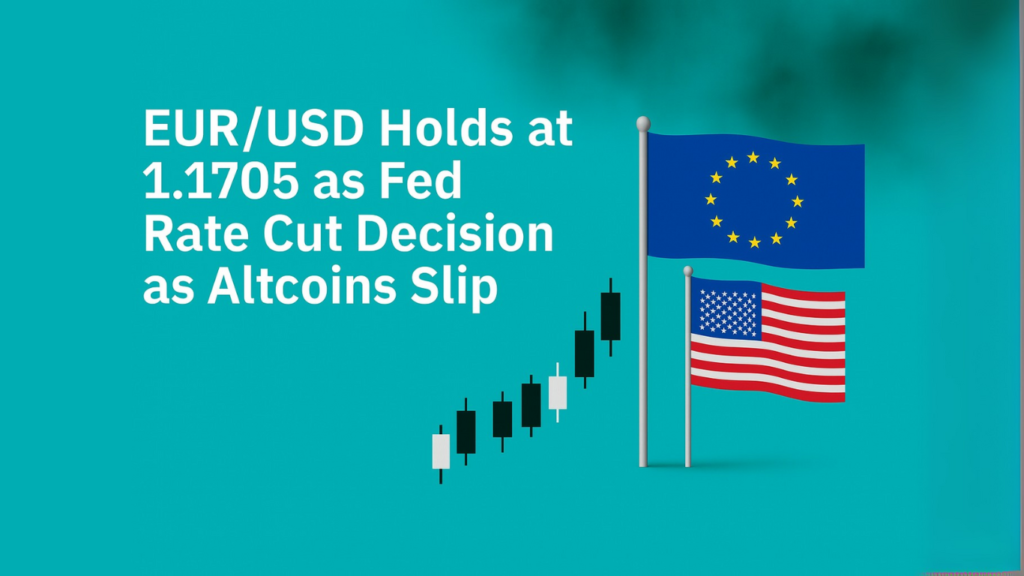The euro held firm above the 1.1700 mark on Friday, as weaker U.S. sentiment data offset pressure on the currency pair. During the American session, EUR/USD traded in a narrow range near 1.1705, with the University of Michigan’s Consumer Sentiment Index showing a disappointing outcome. The softer reading curbed demand for the U.S. dollar and allowed the euro to maintain stability heading into the weekend.
Technical indicators reflected fading momentum. The Relative Strength Index (RSI) on the four-hour chart slipped toward 50, while EUR/USD hovered around the 20-period Simple Moving Average, signaling caution among traders.
On the downside, support is clustered around 1.1680–1.1665, the zone where the 20-day and 50-day SMAs converge. A break below could test 1.1650–1.1640, aligned with the 200-period SMA and the lower bound of the ascending regression channel. Deeper losses may bring the static 1.1600 level into view.
ECB Stance Keeps Euro in Check
The European Central Bank (ECB) held interest rates steady at its September meeting, a widely expected move. President Christine Lagarde signaled that the disinflationary cycle has concluded but cautioned that a stronger euro could weigh more heavily on prices than anticipated.
ECB policymakers struck a mixed tone:
- Šimkus: Inflation has stabilized, though risks remain elevated.
- Patsalides: No immediate need for further rate cuts.
- Rehn: Warned of downside risks from lower energy costs and euro appreciation.
- Escriva: Highlighted sluggish GDP growth and competitiveness concerns.
This divergence in outlook left the euro lacking a clear directional catalyst, with investors awaiting further guidance from upcoming economic data.
Dollar Outlook Hinges on Fed and Data
The dollar weakened in the latter half of the week after U.S. reports pointed to softening fundamentals. Annual CPI inflation held at 2.9% in August, while jobless claims jumped to 263,000 from 236,000 previously—signaling cracks in the labor market.

Later Friday, markets awaited the final August reading of the University of Michigan’s sentiment index. If the survey’s inflation expectations component rises, the greenback may find temporary support, potentially pushing EUR/USD toward key downside levels.
Still, with the Federal Reserve meeting approaching, traders are cautious. The balance between weaker domestic data and inflation concerns will dictate whether the Fed adopts a more dovish tone—an outcome that could sustain the euro’s foothold above 1.1700.


